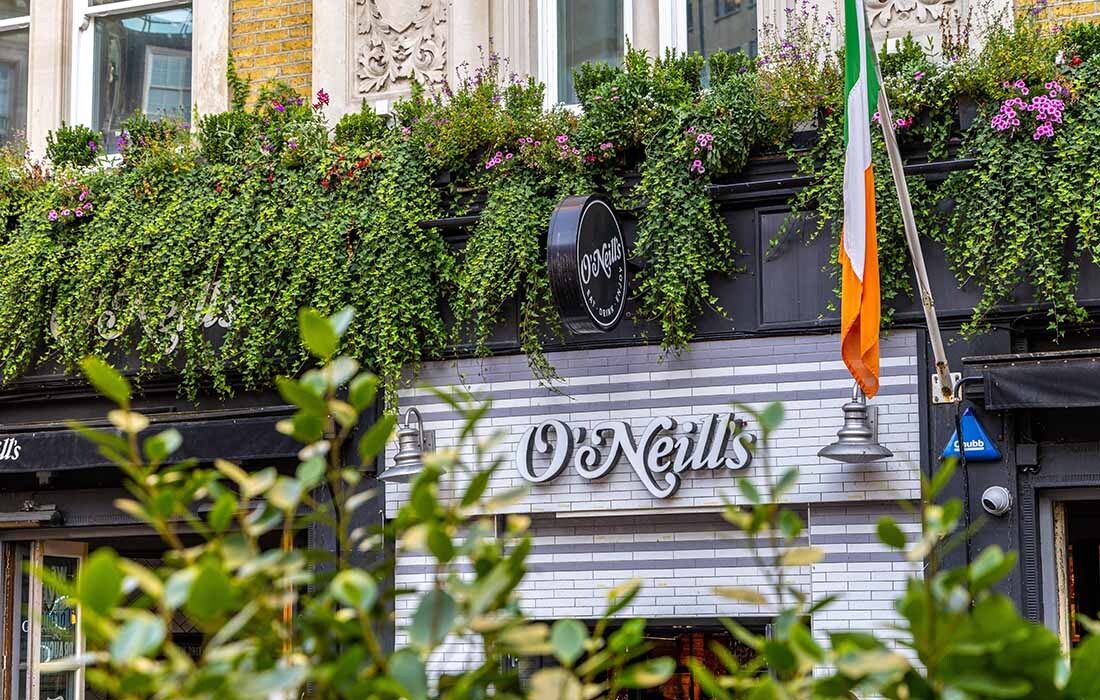Viewpoint: Landlords must share more of the pain
With insolvencies only set to increase following the June rent deadline, Phil Reynolds explains what options are available for struggling businesses
Carluccio’s was one of the first high-profile insolvencies as Covid-19 effectively closed much of the UK economy – but it will not be the last. We’ve seen scores of other casual dining groups contemplate restructuring measures – from reducing the number of operating sites to protect a viable core or seeking new ownership, all in a bid to survive the lockdown and trade in a dramatically different environment.
In the March 2020 quarter, some tenants paid their rent, some negotiated (or tried to negotiate) a rent reduction or deferral, and others simply did not pay, either because they could not or because they wanted to conserve cash flow. A number of industry reports have estimated that commercial landlords only received 50% of retail rents, and 30% of specialist rents for the period.
On 24 June, the next quarterly rent payment is due for most commercial tenants. This will likely trigger restructuring activity across the sector. The consensus expects rent payments to be much lower than in the previous quarter, possibly even a further 10% drop. If that is the case, many businesses will be accruing a substantial liability, and this may be a challenge too far for many restaurants.
Many businesses will be accruing a substantial liability, and this may be a challenge too far for many restaurants
The government is trying to facilitate a collaborative approach between tenants and landlords and encourage them to seek agreements outside the existing 'letter of the law' under their leases. The strategy is hoped to foster a shared recovery plan and avoid the need for further legislation to prohibit landlord action (albeit with legislation being an implied threat, if the aim is not achieved).
But, if consensual arrangements are insufficient, how do you deliver a sale in the current environment?
In our work with Carluccio’s, it could be demonstrated that a core 30-40 sites had consistently been profitable over a period of time and were good viable sites. Yet, interested parties had to factor in a number of issues:
- the duration of the lockdown and the costs of reopening, stock replenishment, deep cleaning and marketing;
- the chances of a second or third wave Covid-19 outbreak and whether footfall will bounce back in the face of a likely recession;
- the impact of social distancing measures on maximum covers and operating capacity;
- the ratcheting down of furlough support and whether that would be sufficient to balance staff resources as trade returned to normal; and
- whether they shouldn’t acquire as many sites in order to have a fighting fund for other opportunities.
These factors all depressed the price that purchasers were willing to pay and the number of sites that they would acquire to ensure the business would be viable in this ‘new normal’.
So, what will happen after the June quarter?
At present, dining chains that have proposed a Company Voluntary Arrangement (CVA) have focused on landlords so that they cannot take any action that would impact on the business.
The new Corporate Insolvency & Governance Bill introduces a new debtor-in-possession moratorium to give companies ‘breathing space’ from creditor action. I anticipate that this will enable companies to seek a compromise with both landlords and trade creditors.
This may help address the issues with CVAs not cutting deep enough to allow the business to be viable. But it may mean that suppliers who have been relatively insulated may end up having to share more of the pain.
Phil Reynolds is a partner at business advisory firm FRP



















